Lot size: 1,300 sq. ft. front garden, 90% native
Garden Age: Garden was installed in the spring of 2015
Years on the Bringing Back the Natives Garden Tour:
Showcase Feature
Maria, who grew up in this house, felt it was time for a change. She was ready for the lawn, pyracantha and tired groundcover to go. After hearing Pete Veilleux of East Bay Wilds give a talk on gardening with native plants, she was sold. An $800 lawn conversion rebate from the East Bay Municipal Utility District made the project that much more doable. This beautiful front garden, designed and installed by Pete and his efficient crew, contains seventy species of native plants, which thrive on the attractive undulating raised beds that flow across the garden. Eight species of manzanita and five different types of California lilac provide structure and greenery throughout the year.
Other Garden Attractions 
• Maria has planted more than 300 native bulbs in her front garden! They, along with orange poppies and purple gilia, put on a flower show from May to August and easily reseed themselves.
• The garden now uses less than half the water it once did.
• A gracefully curving raised path, made of tumbled mahogany flagstone, edged with a custom mix of decomposed granite and lined with small stones already on the property, provides access to the back yard.
• The mulch came from a tree that was removed in order to bring more light onto the property.

Gardening for Wildlife
Birds and bees sip water from the birdbath (which was made by Maria). Four kinds of buckwheat (California, Santa Cruz, Shasta and rosy) provide great landing pads (aka clustered blossoms) and nectar for butterflies. Three types of sages (‘Bee’s Bliss’, ‘Whirly Blue’, and ‘Shirley’s Creeper’) delight native bees. California fuchsia attracts hummingbirds.
Keystone species in this garden (watch this talk by Doug Tallamy!)
Keystone species—our own, local ecological powerhouse plants—in this garden include California lilacs, manzanitas, redbud, currants, buckwheats, sages, lupine, goldenrod, aster, and sunflowers.
Notes from Maria: garden information and resources 2024
Video
“Maria Sargents’ garden” by Maria Sargent






















